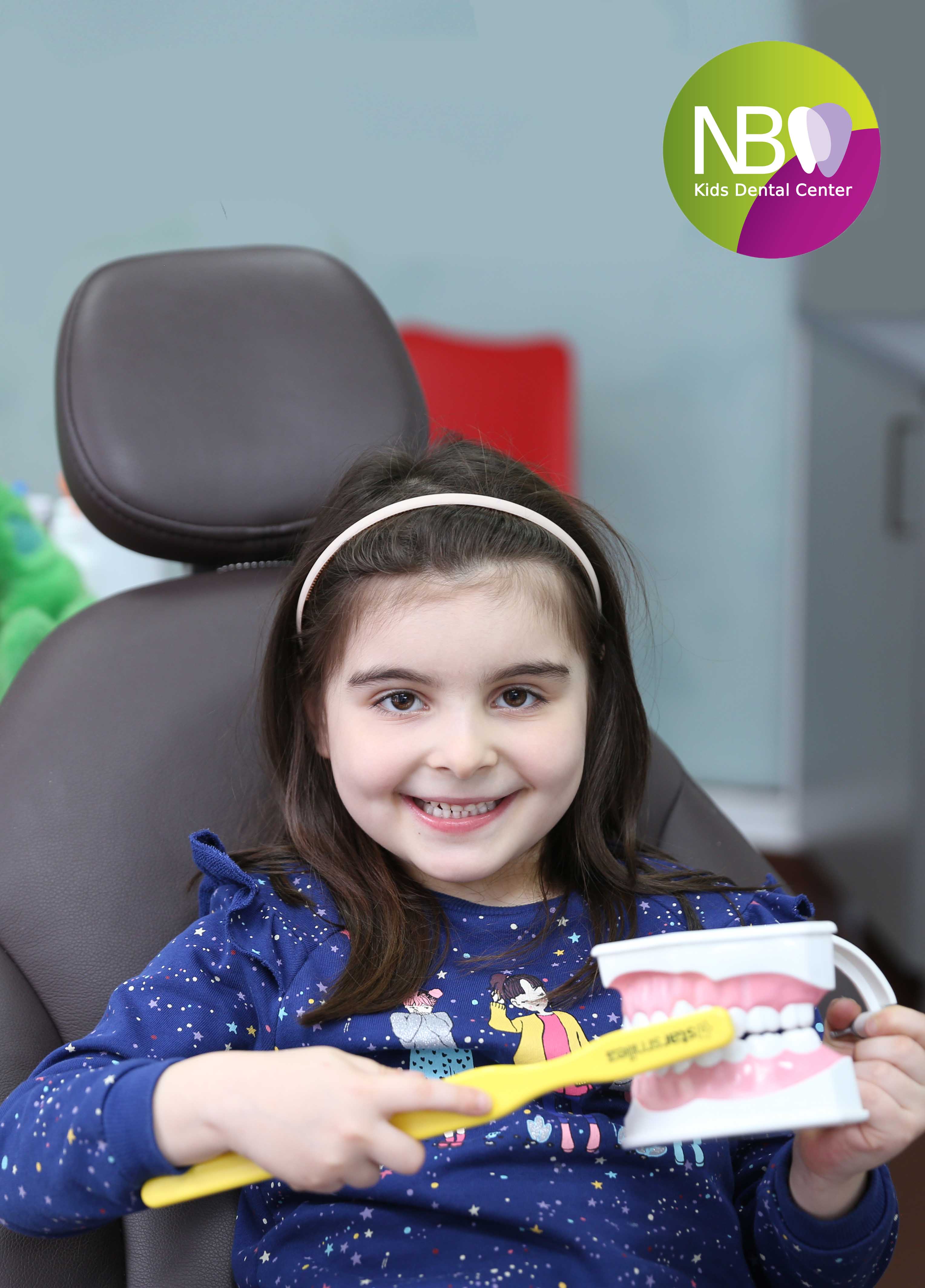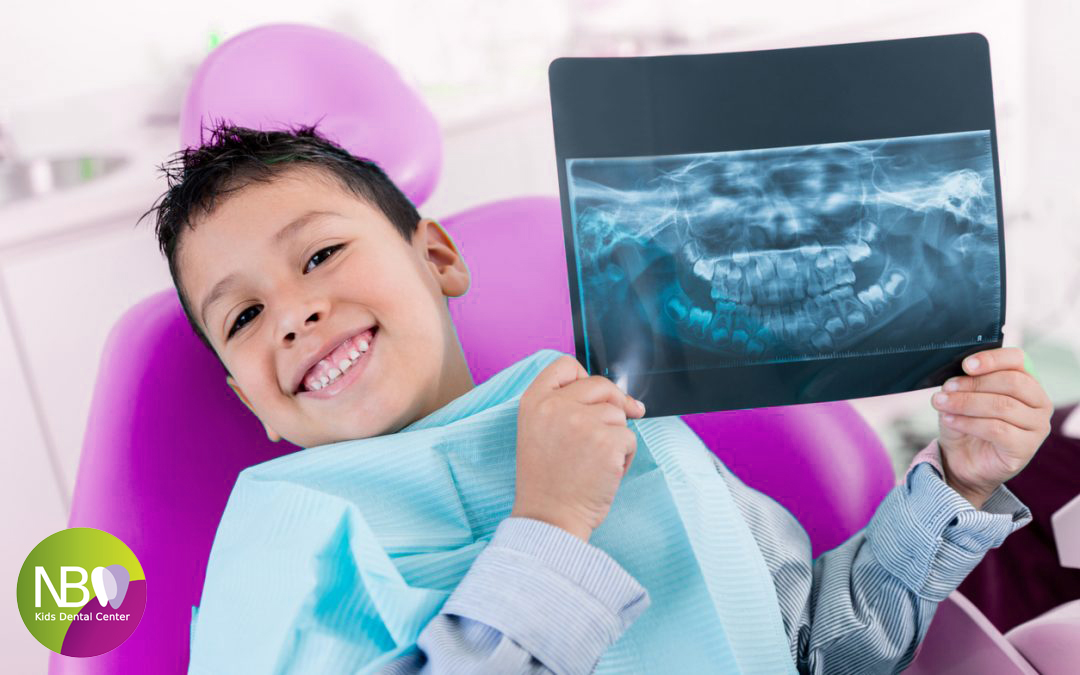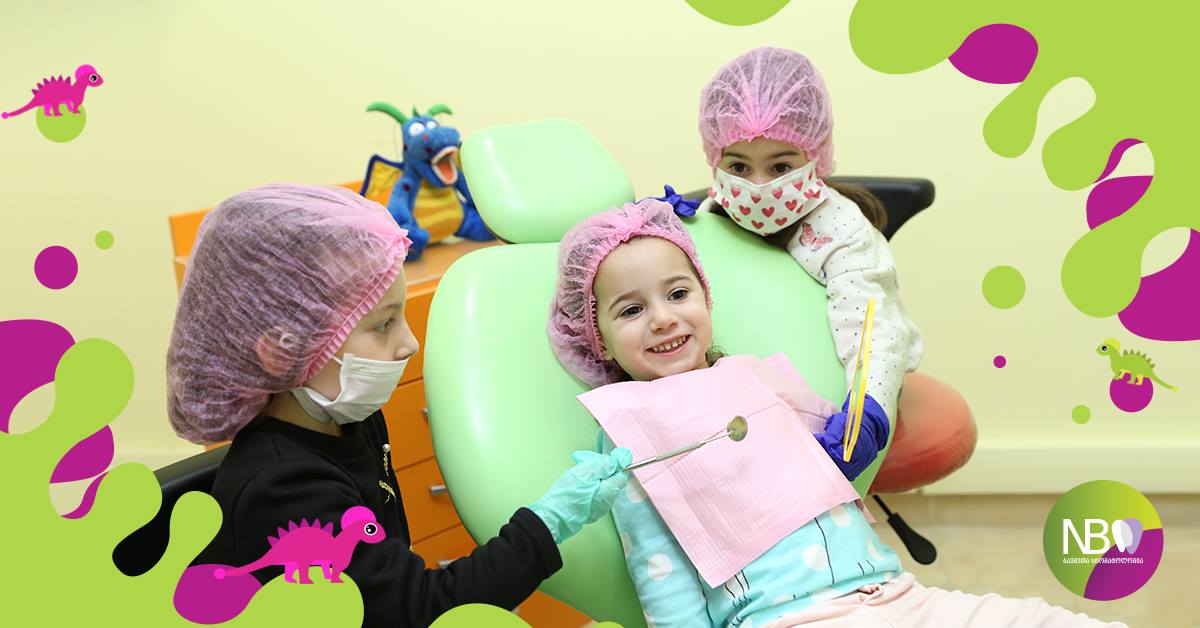Kids Dental
At Dentistry for Children, we are passionate about pediatric dentistry!
Dentistry for Children isn’t just a dentist office. It’s a place where our experts in pediatric dentistry love helping children develop positive feelings about their oral health and visiting the dentist. At Dentistry for Children, children look forward to visiting and parents are just as comfortable as patients.
As a parent, we know you would rather prevent a dental problem for your children than treat one. We offer several types of treatment designed to keep your children’s teeth and gums healthy and disease-free.
Dental Services:
-
Dental Cleaning

Great dental hygiene starts with routine cleanings for your child with a
dentist. During appointments, we’ll show your child how to floss, brush and develop a great health care regimen he or she can carry into adulthood. We also make regularly scheduled cleanings a time of discovery as our team identifies and talks about each instrument they use.
Our playful and professional dental hygienists will perform your child’s cleanings. They use various instruments and devices to loosen and remove deposits such as stains, tartar and plaque from teeth. Routine cleanings give our dentists a chance to locate problem areas that need special attention. We may also recommend special treatments such as fluoride and sealants.
Routine dental cleanings are essential for preventive care. We recommend cleanings twice a year for all pediatric patients in our care.
-
Dental Fillings
Composites are a dental restoration that is made of a non-toxic substance. This durable material is primarily made or quartz, ceramic, or silica and are often referred to as tooth-colored fillings. They provide good durability and resistance to fractures in small to mid-size fillings that need to withstand moderate pressure from the constant stress of chewing. Composites can be used on either front or back teeth. They are a good choice for patients who prefer that their fillings look more natural.
Composite fillings require the tooth be kept clean and dry while the cavity is being filled. Tooth-colored fillings are now used more often than silver or gold fillings. Some tooth-colored fillings contain materials that release fluoride, protecting them from further risk to caries. In a society focused on a white, bright smile, patients tend to want fillings that blend with the natural color of their teeth.
Ultimately, the best dental filling is no dental filling. Prevention is the best medicine. You can dramatically decrease your risk of cavities and other dental diseases simply by:
• Brushing twice a day with a fluoridated toothpaste
• Flossing daily
• Eating a balanced diet and limit snacking
• Scheduling a dental visit every 6 months
-
Tooth Extractions
In the event a tooth is badly damaged and can’t be repaired with traditional methods, your child may need to have the tooth pulled or extracted.

A dental extraction is the removal of teeth from the socket in the alveolar bone. Extractions are performed for a wide variety of reasons, but most commonly to remove teeth which can no longer be restored due to tooth decay, periodontal disease, dental trauma or orthodontic needs.
After an extraction, it is most important to stop the bleeding. The most effective recommendation is positive pressure. This can be accomplished by having the child bite tightly on a piece of cotton gauze for 15-30 minutes. If your child is too young to do this, hold the gauze tightly against the extraction site with your finger for the same length of time. Even after long pressure, the extraction site may bleed slightly for several hours and may even stop and start again. Further pressure will usually solve the problem.
Normally, only slight discomfort will be experienced after an extraction unless the child bites the tongue or cheek while numb. If pain is present, we recommend Tylenol or Motrin in the appropriate dose for the size of your child rather than aspirin. If the pain is severe, call the office for guidance.
Avoid straws and any sucking action on the first day. Crunchy foods (peanuts, pretzels, potato chips, etc.) should be avoided for the first day or two. Warm salt water rinses, 3 to 4 times a day, are encouraged to help healing on the first day after the extraction.
-
Pulpotomies/Root Canals on primary teeth
“Your child needs a root canal”—words no parent wants to hear. Breathe easy. We’re trained to perform root canals on young patients. We’ll hold your child’s hand every step of the way. (We’ll hold your hand, too!)
We perform a root canal to repair and save an infected or damaged tooth. The procedure involves removing the nerve and the pulp. Then we sterilize and clean the inside of the tooth before sealing it. Left untreated, the tooth will become terribly infected and could cause abscesses.
-
Dental Crowns
A dental crown is a restoration that covers or “caps” a tooth, restoring it to its normal size and shape

while strengthening and protecting it from further cracking or breakage. Crowns are necessary when a tooth is damaged by decay to the point that a filling is no longer a treatment option. Sometimes when a dentist removes significant tooth decay or performs a nerve treatment, he or she will recommend capping the child’s affected tooth with a crown.
Stainless steel crowns are silver caps that cover the back teeth and preserve more of the tooth structure than other types of crowns. They withstand biting and chewing forces well and rarely chip or break. Stainless steel crowns are often used on young patients who are in active occlusion and require a crown that can adapt to an adjusting and growing mouth.
White crowns are used to strengthen decayed front teeth. They are commonly referred to as strip crowns, made of a composite resin. White crowns that are used on back teeth are made of a porcelain fused to metal material. These crowns are more commonly used on for adult teeth. They are more rigid and work better when a mouth has stopped growing. White crowns are close in color to the natural teeth, so they are more cosmetically pleasing.
Dental crowns for children are generally completed in one visit, and will usually last until they are replaced by adult teeth.
-
Radiographs (X-Rays)
Dental Radiograph (X-rays) Use
Dental radiographs (X-rays) detect much more than cavities. They may be taken to survey erupting teeth, diagnose bone disease, evaluate the results of an injury, or plan orthodontic treatment. Radiographs (X-rays) allow dentists to diagnose and treat conditions that cannot be detected during a clinical examination.
In general, children need radiographs (X-rays) more often than adults. Their mouths grow and change rapidly. Their teeth are more susceptible to tooth decay than adults. For high caries risk patients, the American Academy of Pediatric Dentistry recommends radiographs (X-rays) every six months to one year. Children with a low risk of tooth decay may require radiographs (X-rays) less frequently.
How safe are Dental Radiographs (X-rays)?
Pediatric dentists are particularly careful to minimize the exposure of child patients to radiation. With contemporary safeguards, like lead aprons, high speed film, digital radiographs, and thyroid collars, the amount of radiation received in a dental radiograph (X-ray) is extremely low. In fact, radiographs (X-rays) represent a far smaller risk than undetected and untreated dental problems.
Will Radiographs (X-rays) be taken routinely?
Radiographs (X-rays) are recommended only when necessary to evaluate and monitor your child’s oral health. The frequency of radiographs (X-rays) is prescribed by your pediatric dentist and based on your child’s individual needs. We follow the American Academy of Pediatric Dentistry’s guidelines based on your child’s caries risk assessment when taking cavity detecting radiographs (X-rays) at your child’s hygiene appointment.
-
Fluoride Treatments
Is your child getting enough fluoride? We’ll let you know.
Fluoride is a compound that contains fluorine, a natural element, and is found in drinking water. Using small amounts of fluoride on a routine basis can help prevent tooth decay. Fluoride can be found as an active ingredient in many dental products such as toothpaste, mouth rinses, and varnish treatments.
How does Fluoride prevent cavities?
Fluoride inhibits loss of minerals from tooth enamel and encourages strengthening the weakened areas of the tooth. Fluoride also affects bacteria that causes cavities, discouraging acid attacks that break down the tooth. The risk of decay is reduced even more when a fluoride is combined with a healthy diet and good oral hygiene.
How safe is Fluoride?
Using fluoride for the prevention and control of decay is proven to both safe and effective. It is a great benefit in keeping teeth healthy. Nevertheless, all products containing fluoride should be stored out of the reach of young children and use is to be monitored by the parent. Fluoride is only dangerous when used in extreme and excessive amounts.
Topical Fluoride
Topical fluoride is a preventative agent applied to tooth enamel. Fluoride varnish is brushed or “painted” on the tooth enamel by the pediatric dentist or dental professional. Your child will be able to eat or drink, avoiding crunchy food items and hot beverages, after the varnish treatment is applied. Brushing and flossing should be avoided for 4-6 hours after the fluoride treatment to achieve the maximum benefit.
-
Oral Health Exams
We recommend oral health exams twice a year, preferably during your child’s bi-annual teeth cleaning.
Education is a priority. We want to make sure your child learns the importance of practicing daily oral hygiene. Our trained staff will show your child how to brush and floss properly and discuss proper nutrition.
Our professional dental hygienists or assistants will perform your child’s cleanings. They use various instruments and devices to loosen and remove deposits such as stains, tartar and plaque from teeth. We also make regularly scheduled cleanings a time of discovery as our team demonstrates tell, show, and do with your child. We recommend special preventative treatments, such as fluoride and sealants that will benefit your child’s oral health.
During the exam, our pediatric dentist will check your child’s teeth, jaw and oral tissues. As well as look for any abnormalities that may generate problems as your child grows. That includes examining primary or baby teeth and any adult teeth that may be surfacing. Our pediatric dentists and trained staff will explain all of the findings and let you know if your child needs follow-up treatment.
We will take X-rays only when necessary to help locate cavities or other abnormalities. If your child has any decay, our pediatric dentists will recommend the appropriate treatment options.
At the end of the appointment, your child will be able to pick a prize to take home. Just a little way of letting he or she know how proud we are to have them as part of the family.
-
Emergency Care
Life is full of surprises including dental emergencies. Don’t panic—we’re here to help. 
WHAT SHOULD I DO IF MY CHILD FALLS AND KNOCKS OUT A PERMANENT TOOTH?
Remain calm. Locate the tooth and pick it up by the chewing surface, being careful not to touch the root. If the tooth is not dirty or broken, try to reinsert it into the empty socket in your child’s mouth. If you can reinsert it, have your child hold the tooth in place by biting on a clean piece of cloth or gauze and come directly to us.
If you cannot reinsert the tooth (or if it is dirty or broken), put the tooth in a glass of milk. Bring it and your child to us immediately.
CHIPPED OR BROKEN TOOTH
Even if the damaged tooth is not a permanent one, head to our office right away. Once a tooth has become chipped or broken, bacteria can enter the tooth’s pulp or nerve and cause an infection. We need to evaluate the damage and seal the enamel to keep bacteria out and ward off infection.
Put the piece of broken tooth in a glass of milk and bring it with you. In some cases, we can reattach the broken piece in our office.
Apply direct pressure on the bleeding area using a clean cloth. Reduce swelling with a cold compress (a popsicle works well). Give your child an appropriate dose of acetaminophen or ibuprofen.
CUT/BITTEN TONGUE, LIP OR CHEEK
A cut or bitten tongue, lip or cheek is no fun. It can lead to bleeding, swelling and discomfort. To relieve these symptoms, apply direct pressure to the wound to stop the bleeding. If there is swelling, apply a cold compress (a popsicle works well.) Finally, give your child acetaminophen or ibuprofen for any discomfort.
TOOTHACHE
Toothaches happen. Have your child rinse with warm salt water to soothe the ache. If you notice any swelling, apply a cold compress directly to the affected area. Give your child acetaminophen or ibuprofen for any pain or discomfort. Even if the pain subsides, visit us as soon as possible to rule out any problems.
Kids Dental
- When should we visit pediatric dentist?
- How to take care of baby's baby teeth?
- When do baby teeth erupt?
- Best drinks for children
- Benefits of Visiting the Dentist from a Young Age
- Dental Health For Kids: A Parent's Guide
- How To Prevent Toddler Tooth Decay
- Dentist Appointment Anxiety: 3 Ways To Alleviate Your Child's Fears
- Kids Dental
- Everything you need to know about Stomatitis
